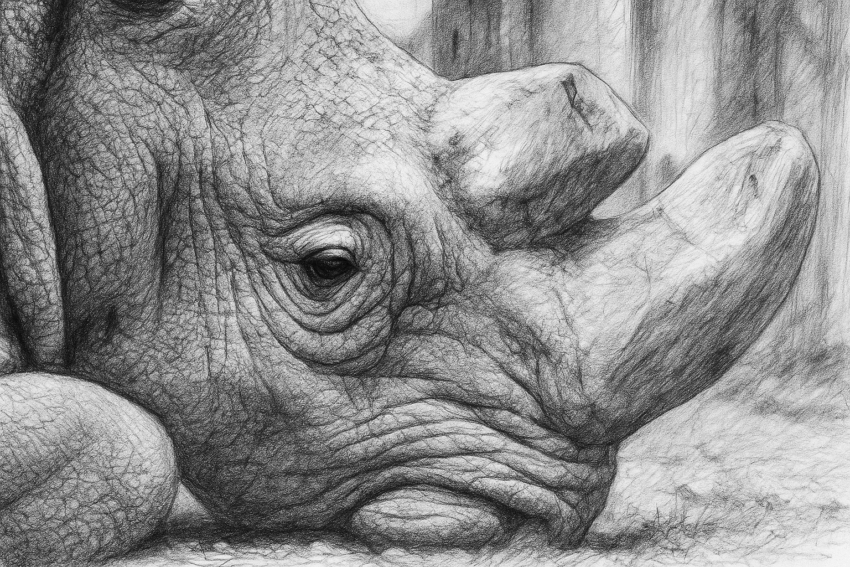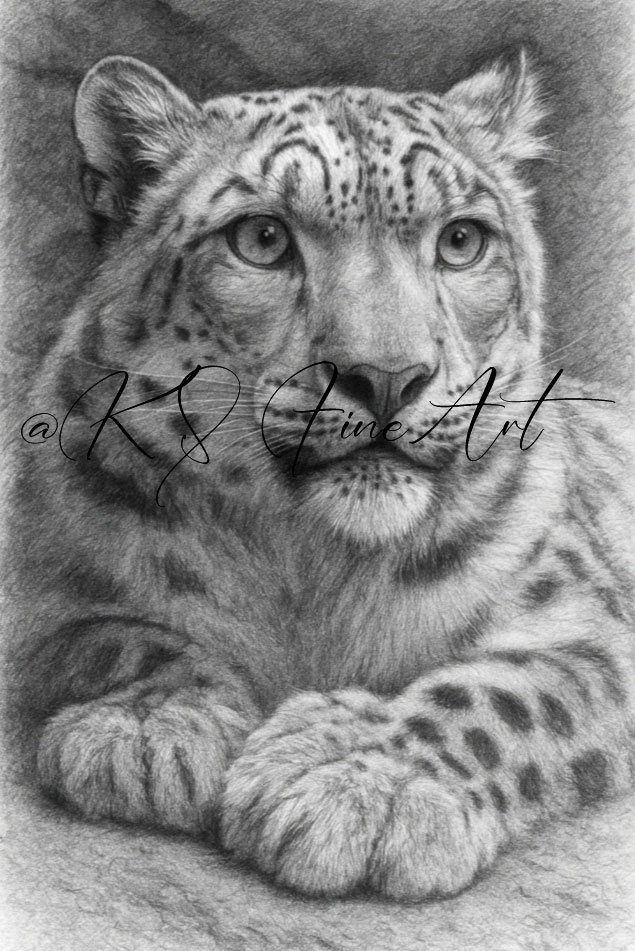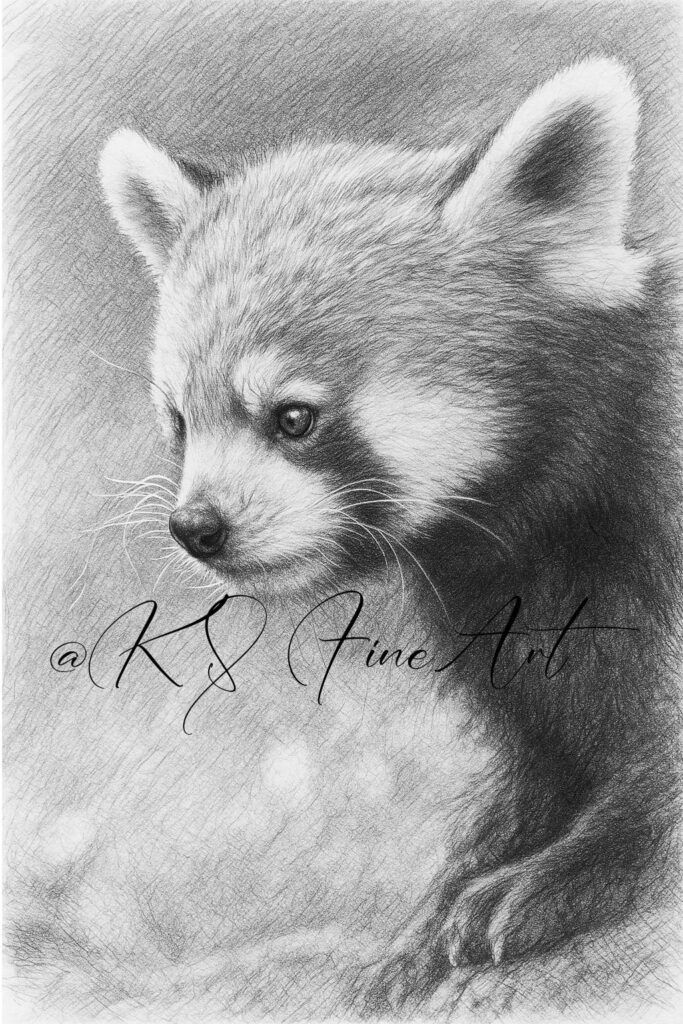The Northern White Rhinoceros
Only two remain alive – and neither can bear calves.
The fate of the Northern White Rhinoceros is one of the most moving stories in modern wildlife conservation.
Once Roaming Africa’s Grasslands
The Northern White Rhinoceros (Ceratotherium simum cottoni) is a subspecies of the White Rhinoceros.
It once thrived across vast parts of Central and East Africa, especially in Uganda, South Sudan, Chad, and the Democratic Republic of Congo.
With its broad, square-shaped mouth, it is perfectly adapted to grazing on grass.
Adult individuals can weigh up to 2.4 tonnes – and despite their size, reach speeds of 40 km/h.
How Poaching Nearly Wiped Them Out
From the mid-20th century onward, numbers began to plummet.
The main cause: poaching, driven by huge demand for rhino horn.
In parts of Asia, it is (wrongly) believed to have medicinal properties or to serve as a status symbol of wealth and power.
In reality, rhino horn is made of keratin – the same protein that makes up human fingernails – and has no medicinal effect whatsoever.
By the 1990s, the last wild Northern White Rhinos had disappeared.
Conservation measures came too late to prevent extinction in the wild.
Najin, Fatu, and Sudan – The Last of Their Kind
Today, only two Northern White Rhinos remain:
Najin (born 1989) and her daughter Fatu (born 2000).
They live under 24-hour armed guard at the Ol Pejeta Conservancy in Kenya, protected by both rangers and advanced surveillance systems.
The last male, Sudan, was born in 1973 in Sudan and later lived at Dvůr Králové Zoo in the Czech Republic.
In 2009, he was moved to Kenya in a final attempt to breed naturally. That hope never came true.
Sudan died on March 19, 2018, at the age of 45 – his passing made headlines around the world and became a symbol of species extinction.
Najin is too old to carry a pregnancy, and Fatu suffers from uterine problems. Natural reproduction is impossible.
🦏 Did You Know…?
-
A Northern White Rhino can weigh up to 2.4 tonnes.
-
Despite their weight, they can run 40 km/h.
-
Najin and Fatu are guarded around the clock – every single day.
-
Sudan was once called “the most protected bull in the world.”
-
By grazing, rhinos help shape grassland habitats for many other species.
High-Tech Conservation: The BioRescue Project
The international BioRescue initiative is using cutting-edge reproductive technology to save the Northern White Rhino:
-
Egg retrieval from Fatu under anesthesia.
-
Artificial fertilization using frozen sperm from Sudan and two other deceased males.
-
Embryo cultivation in a specialized laboratory in Italy.
-
Cryopreservation of embryos in liquid nitrogen.
-
Embryo transfer into Southern White Rhino females as surrogate mothers.
As of 2025, more than two dozen embryos are preserved.
If embryo transfer succeeds, the first calf of this subspecies could be born within just a few years – a milestone for wildlife conservation.
Why This Story Matters to All of Us
The Northern White Rhino is not just an animal – it is a symbol of the consequences of human action.
Its near-total disappearance shows how quickly a species can vanish through poaching and habitat loss.
At the same time, it is a reminder that dedicated conservation efforts, international cooperation, and scientific progress can offer a second chance.
My Artistic Tribute
As an artist, I created a pencil drawing of the last male Northern White Rhino, Sudan (d. 2018), in profile.
In this close-up, I captured every skin fold, every contour of the horn, and the expression in his eye.
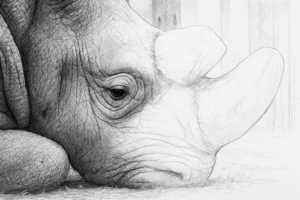
Sudan – Work in Progress
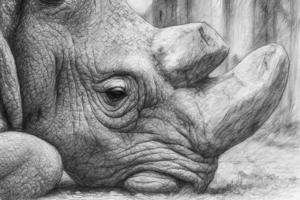
Sudan – Finished Drawing
For me, this gaze reflects both the ancient strength and the deep vulnerability of these animals.
My drawing is not only a celebration of their beauty – it is also a call to action for the protection and preservation of endangered species.
Scientific References & Reviews
-
Annual Review of Animal Biosciences (2025) – Progress Toward Genetic Rescue of the Northern White Rhinoceros: A comprehensive overview of rescue technologies, from iPSC to embryo transfer. annualreviews.org
-
Stem Cells Dev. (2021) – Rewinding Extinction: Establishing iPS cell lines from Northern and Southern White Rhinos.PMC link
-
Genome Research (2018) – Evaluating Recovery Potential from Cryopreserved Somatic Cells: Genetic diversity analysis and its role in conservation strategies. PMC link
-
Journal of Agricultural and Environmental Ethics (2024) – Ethics at the Edge of Extinction: Ethical perspectives on assisted reproduction and conservation. SpringerLink
-
Oryx (Cambridge Core) – A Last Chance to Save the Northern White Rhinoceros? Discussion on ex-situ conservation and protection strategies. Cambridge University Press
News Coverage
-
The Guardian (2024) – Just two northern white rhinos remain. The species’ first IVF pregnancy could save them. Read article
-
AP News (2024) – Report on the first embryo transfer into a Southern White Rhino surrogate. Read article
Official Project Updates
-
BioRescue Project – News on embryo production progress, surrogate mother preparations, and transfer of Sudan’s genetic material. biorescue.org
-
Science News 2025 – BioRescue team wins prestigious award and announces five more embryos created in 2024. idw-online.de
Interested in more stories about endangered wildlife?
Check out my blog series on Endangered Species.
